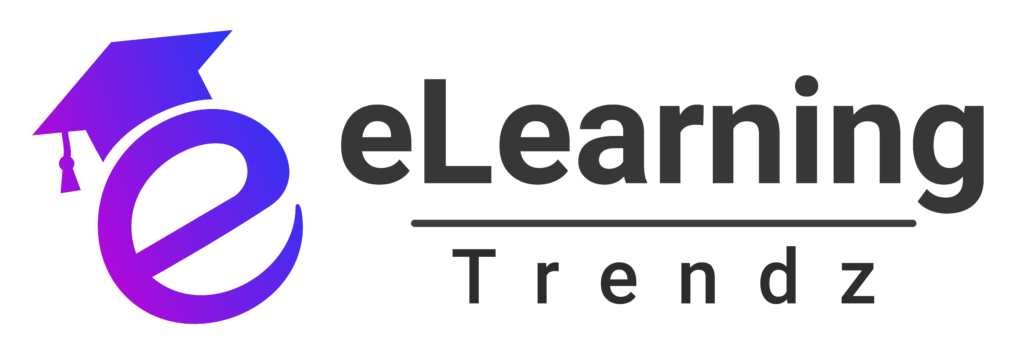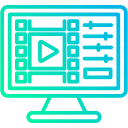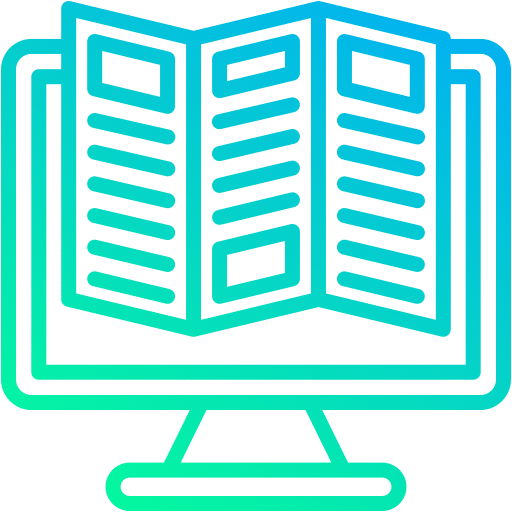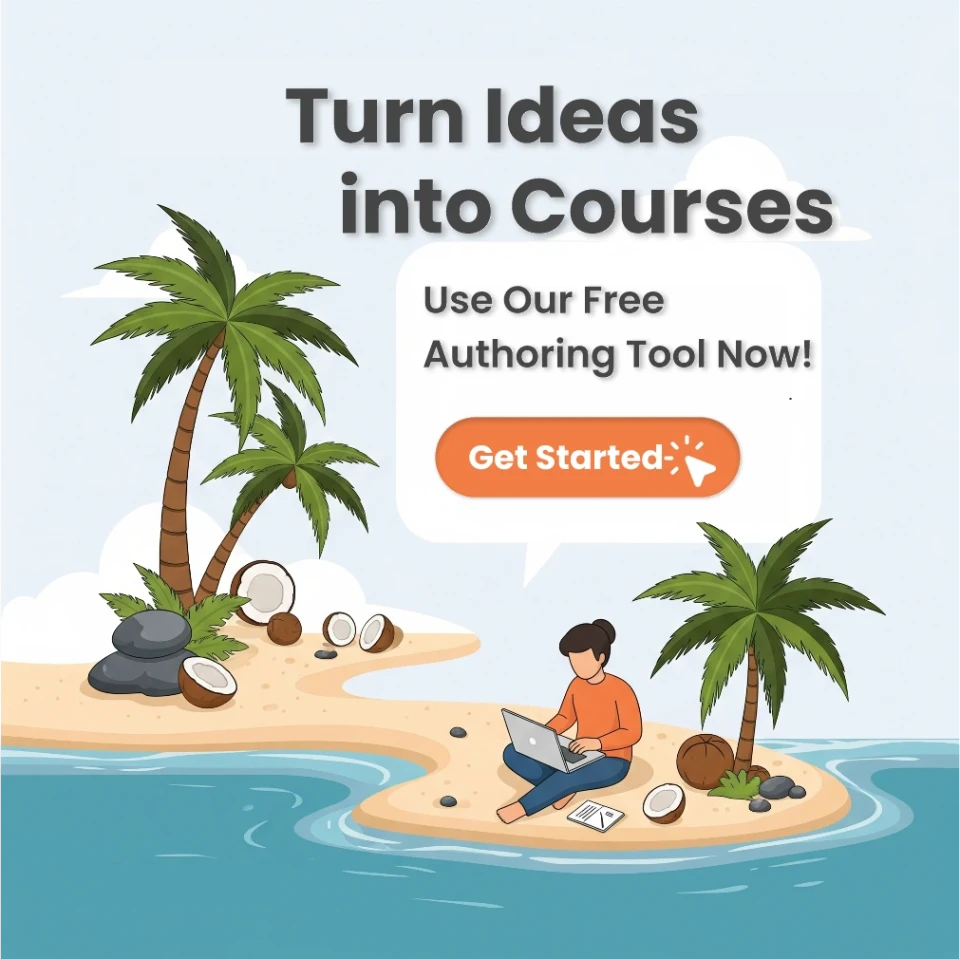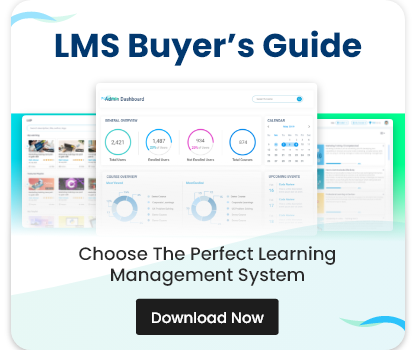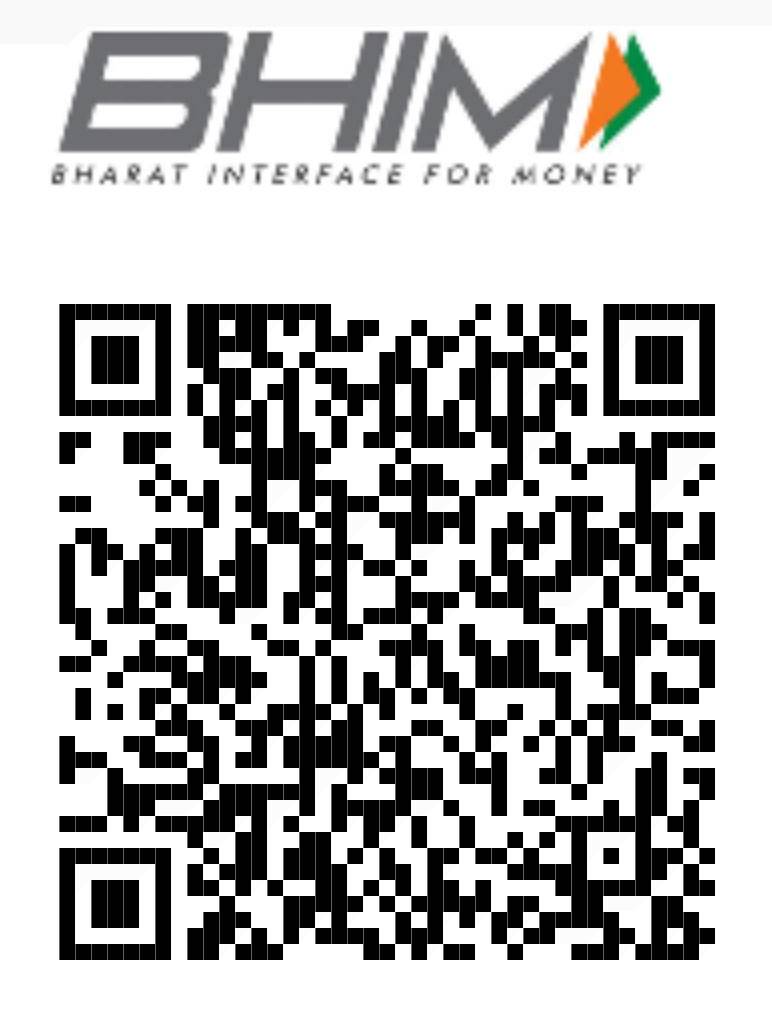Why PPT to SCORM Conversion Matters for E-Learning
Transforming PowerPoint presentations into SCORM-compliant courses represents a critical step in delivering engaging, measurable online training. SCORM (Sharable Content Object Reference Model) guarantees that eLearning content operates smoothly across diverse Learning Management Systems (LMS), enabling consistent delivery, comprehensive tracking, and content reusability. When executed properly, conversion maintains your content’s educational integrity while providing valuable insights into learner progress.
Instructional designers and developers frequently encounter obstacles during this transformation—including content degradation, technical conflicts, or failures to meet SCORM standards. Recognizing common pitfalls and implementing best practices in PPT to SCORM conversion proves essential for producing interactive, captivating, and efficiently managed training modules that deliver consistent learning outcomes.
Critical PPT to SCORM Conversion Mistakes and Prevention Strategies
Converting PowerPoint presentations into SCORM-compliant content can yield powerful results, yet the process frequently encounters obstacles that undermine quality and system compatibility. Identifying these typical errors empowers you to sidestep problems and develop impactful eLearning experiences.
1. Overloading Slides with Excessive Content
One of the most widespread errors involves cramming slides with excessive information. Content overload overwhelms learners, impairs knowledge retention, and creates extended loading times. Address this by adopting minimalist design principles: employ succinct text, powerful visuals, and concentrate on essential concepts. Strategic bullet points effectively highlight key information while preserving clarity.
Prevention Strategy: Implement the 7±2 rule by limiting slides to 5-9 information chunks maximum. Divide complex subjects into manageable segments and apply consistent visual hierarchy to direct learner focus.
2. Neglecting Interactive Elements
Static slide presentations typically disengage learners and reduce knowledge retention significantly. Many conversions fail to incorporate interactive components such as quizzes, clickable buttons, drag-and-drop activities, and scenario-based questions. Integrating these elements encourages active learning and aligns with contemporary eLearning standards.
Enhancement Methods: Insert knowledge checks every 5-7 slides, implement branching scenarios for decision-making practice, and utilize interactive hotspots to explore complex visuals or diagrams.
3. Poor Optimization of Media Files
Utilizing uncompressed large images, high-resolution videos, or unoptimized audio files triggers slow loading speeds and compatibility problems. Prevent this by compressing all media while preserving quality and testing playback across multiple devices and browsers to ensure seamless user experiences.
Optimization Standards: Maintain images under 2MB, videos under 50MB, and appropriately compress audio files. Test across varying bandwidth conditions and provide offline alternatives when necessary.
4. Compatibility Problems
Variations between PowerPoint versions, browsers, and LMS configurations frequently cause broken links, media errors, or packaging failures. Utilize dependable SCORM-authoring tools, conduct comprehensive testing across multiple environments, and verify your package adheres to LMS specifications for seamless integration.
Testing Framework: Establish multi-stage quality gates including tool validation, sandbox testing, and LMS integration testing prior to final deployment.
5. Misconfigured SCORM Settings
Improper configurations—including incorrect sequencing or tracking parameters—can undermine progress tracking and completion status. Meticulously configure SCORM parameters using your authoring tools and test packages before deployment to verify accuracy.
Configuration Best Practices: Employ standardized SCORM templates, validate tracking accuracy across different user scenarios, and maintain comprehensive documentation for audit trails.
Proven Strategies for Seamless PPT to SCORM Transition
Converting PowerPoint presentations into SCORM-compliant courses can substantially improve learner engagement and progress monitoring—but demands thorough planning. Implement these proven strategies to guarantee flawless transitions, preserve instructional quality, and deliver effective online courses.
1. Structure Your Content Effectively
Start with a detailed content outline emphasizing specific learning objectives. Employ modular design—segmenting content into digestible sections—and maintain consistent slide layouts. Prioritize visuals and concise text to sustain learner engagement while facilitating meaningful interactivity throughout the course.
2. Choose Suitable Authoring Tools
Select authoring tools supporting PPT import and SCORM export functionality. Numerous high-quality options accommodate different budget requirements. CogniSpark AI provides a comprehensive free elearning authoring tool with advanced AI capabilities through its PPT to SCORM conversion platform that streamlines the entire process.
Additional budget-friendly alternatives include Adapt Learning and open-source platforms that produce SCORM-compliant packages. Ensure your selected tools enable interactive content creation, easy multimedia embedding, and SCORM-compliant package production. User-friendly tools conserve time and enhance quality regardless of budget constraints.
3. Enhance Interactivity and Quizzes
Integrate interactive elements including clickable hotspots, drag-and-drop exercises, and embedded quizzes with immediate feedback. These components amplify engagement, reinforce learning, and improve assessment capabilities—all essential for creating meaningful SCORM modules that drive learning outcomes.
4. Test Extensively Before Deployment
Preview your course within the authoring tool, then upload it to a SCORM testing environment like SCORM Cloud or your LMS sandbox to ensure SCORM compliance. Confirm that tracking, navigation, media playback, and interactivity function correctly across devices and browsers. Collect user feedback and implement necessary adjustments before full deployment.
5. Maintain Consistency in Design and Navigation
Apply standardized design themes and navigation controls throughout the course. Ensure logical flow, clear menus, and progress indicators to guide learners effortlessly. Consistency minimizes confusion and elevates user experience.
6. Implement Proper File Management
Use systematic naming conventions, maintain version control, and keep secure backups. Document changes for future updates, facilitating efficient maintenance and continuous improvement of your SCORM content library.
7. Regularly Update and Improve Content
Monitor learner feedback and engagement metrics consistently. Periodically refresh content and functionalities to remain current and relevant, ensuring ongoing effectiveness and maintaining SCORM compliance as standards evolve.
Essential Guidelines for Success
Planning Phase
Map out learning objectives and assessment checkpoints before beginning conversion
Identify content that translates effectively to interactive formats
Plan for accessibility requirements and mobile compatibility
Execution Phase
Test conversion output at each stage to identify issues early
Validate SCORM compliance using standardized testing tools
Gather feedback from pilot groups before full deployment
Maintenance Phase
Establish regular content review cycles
Monitor learner performance data to identify improvement opportunities
Keep SCORM packages updated with current industry standards
Conclusion
Transforming PowerPoint presentations into SCORM modules presents a powerful approach to upgrade your eLearning programs, making them more engaging, accessible, and trackable. However, avoiding common errors and following proven best practices remains crucial to ensure content quality and learner satisfaction.
Success demands careful planning, appropriate tool selection, and thorough testing throughout the conversion process. By implementing these strategies systematically, you’ll deliver engaging, compliant, and effective eLearning modules that meet your training goals and empower learners to achieve measurable learning outcomes.
Begin your conversion journey today with strategic preparation and systematic execution—your learners will benefit from the enhanced engagement and tracking capabilities that SCORM-compliant content provides. By recognizing and avoiding these PPT to SCORM conversion mistakes, you position your organization to deliver training experiences that truly make an impact.
